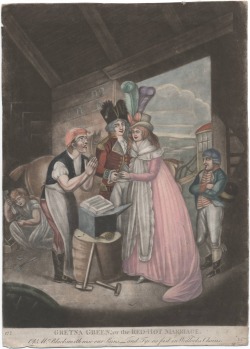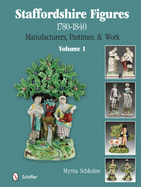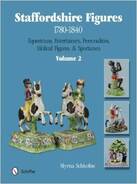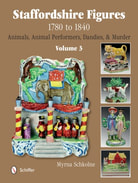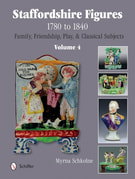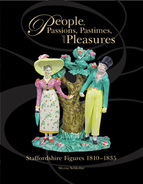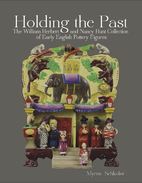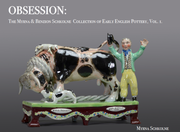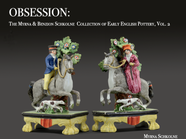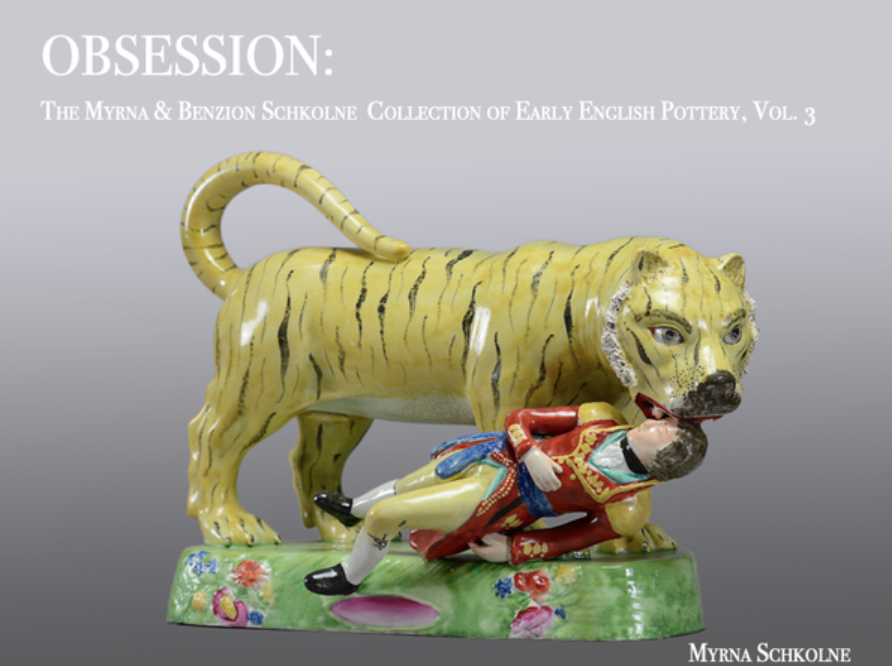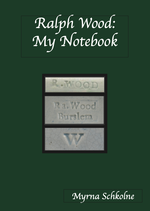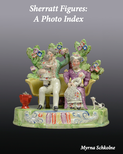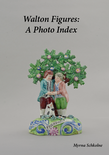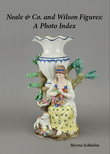This has been an exicting week in our home. Last night, our amazing, beautiful daughter, Andrea, got engaged to Will--THE most wonderful guy. We are so happy at the news....but I am appalled at having to plan an elaborate wedding. I'm not sure I signed up for this when I gave birth! Anyway, inevitably my thoughts turn to earlier weddings captured in clay, and early Staffordshire figures do give us delightful peeps into the past. Believe me, weddings were so much simpler then.
In the early 1800s, England had very rigorous marriage laws. A couple not wanting to comply had an alternative: they could simply flee to Scotland where, providing they had reached 16 years of age, they could plight their troth in the presence of any two witnesses and be married. The first village across the Scottish border on a major roadway was Gretna Green--and the blacksmith's shop on the outskirts of the village was a convenient stopping point for couples fleeing irate family, intent on stopping the union. The romantic notion was that the blacksmith, who forged hot metal at the anvil, similarly forged binding unions. Tales abound of the blacksmith being awakened in the middle of the night to marry a couple before their parents could stop it. One tale tells of there not being enough time for the ceremony, so the blacksmith bundled the couple into bed and the family, arriving to find this, assumed the couple had already wed.
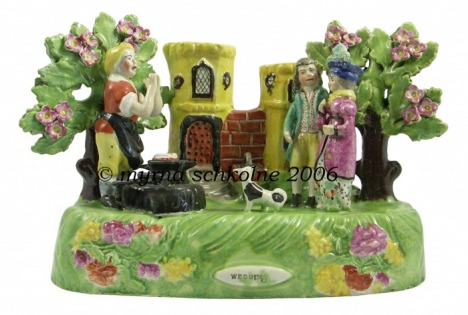
Staffordshire figure group depicting a Gretna Green marriage. In place of a parson, a blacksmith performs the ceremony at his anvil. Circa 1820. The base, bocage, and open turreted spillholders are all hallmarks of the 'Sherratt' style.
From the 1790s the mezzotint (above) circulated, depicting an anvil wedding. Titled "Gretna Green or The Red Hot Marriage", it probably inspired the Staffordshire figure group. And I wish it would inspire Andrea and Will to consider a much simpler wedding day.
